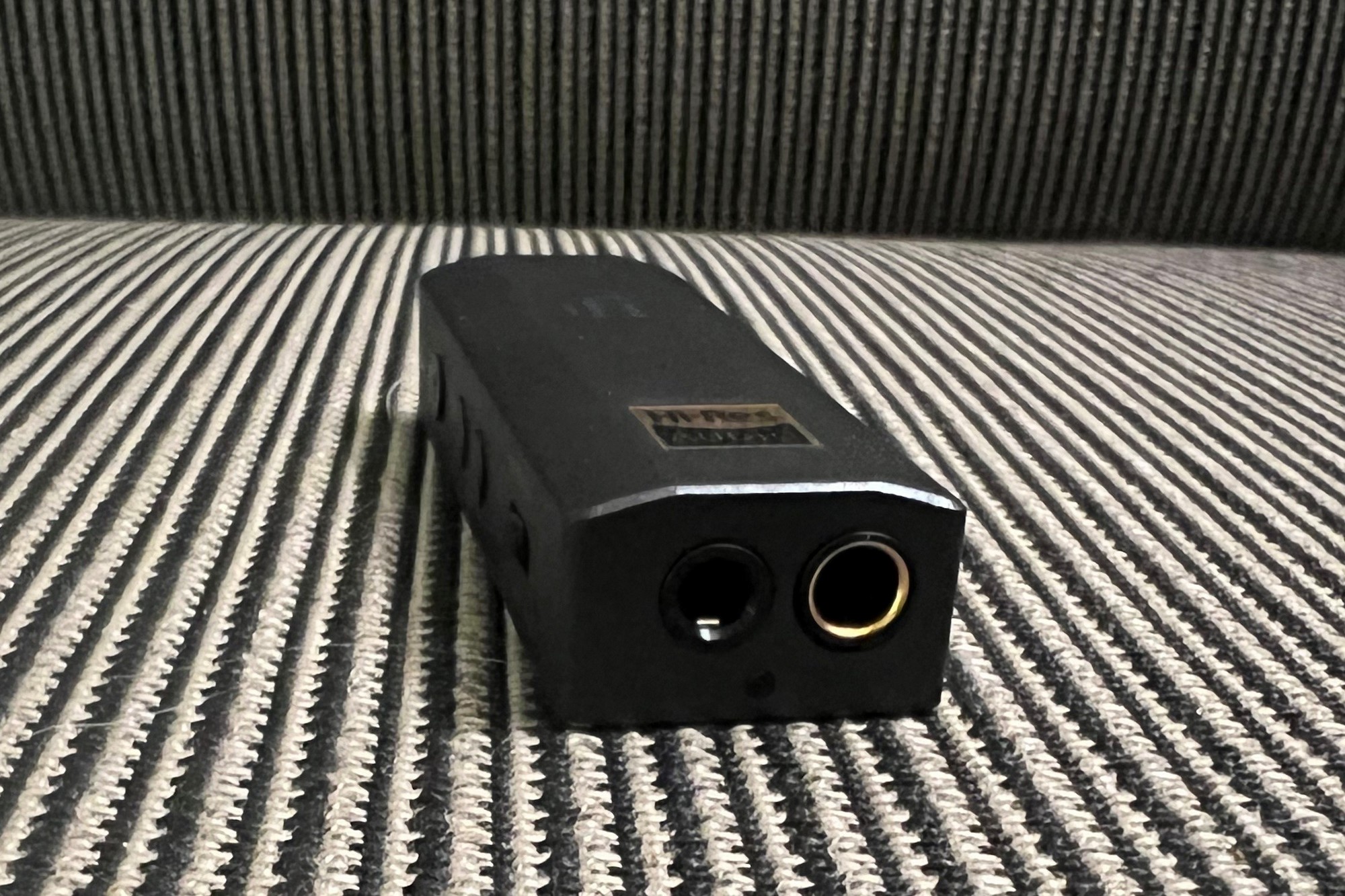

- #IFI GO BAR REVIEW FULL#
- #IFI GO BAR REVIEW ANDROID#
- #IFI GO BAR REVIEW PRO#
- #IFI GO BAR REVIEW BLUETOOTH#
In addition, you can select between four digital filter settings (Bit-Perfect no filter, Standard the factory setting, Min.
#IFI GO BAR REVIEW FULL#
There’s also full MQA decoding on board, plus iFi’s popular XBass+ and XSpace analog-based sound effects. Not only does it resemble many of its larger siblings, but it also provides much of the same functionality, like an actual balanced output (4.4mm), a Single-ended output (3.5mm), IE Match gain control and native DSD processing. It basically looks like a miniaturized version of iFi’s larger transportable DACs (think micro iDSD Signature), and it feels just as durable while still managing to be extremely lightweight. When it comes to build quality, the iFi Go bar is solid, using a full aluminum alloy enclosure. The company gave no input regarding the content included in this evaluation. The BTR5 comes in $200 cheaper than the GO Bar, and if you want to add the same bitrate and file support the GO Bar has to the BTR5, FiiO's BTR7 does just that for still less than the GO Bar, though the BTR5 still sits in the "probably good enough" space for anyone wanting to get their first pocket DAC.So is the iFi Go bar the new premium ultra-portable DAC/amp to beat? Well, read on, and I’ll let you know the scoop!ĭisclaimer: The iFi GO bar was sent to us by iFi Audio in exchange for an honest, unbiased review. Neither is better than the other in all scenarios, but they both are better depending on your use case.

#IFI GO BAR REVIEW BLUETOOTH#
That battery is largely responsible for the size difference, makes the BTR5 much more flexible as a DAC, and even allows it to function as a Bluetooth receiver. The BTR5 makes up for a lot of these tradeoffs by adding features that necessitate an internal battery, though. The ifi GO Bar blows the FiiO BTR5 out of the water in terms of support for high bitrate audio, ability to handle much higher impedance headphones, and comes in at about half the size.

Still, if you're married to streaming your music instead of downloading it, UAPP doesn't support that many services because the majority of services are averse to third-party players. If you're in the market for a $330 pocket DAC, the extra $8 for UAPP isn't a huge deal.

#IFI GO BAR REVIEW PRO#
But, if you want full resolution, the workaround is to use a media app like USB Audio Player Pro (UAPP) or any other player that can force the system to switch over to a USB DAC for audio processing. And Google has recently fixed its own external DAC issues that plagued the Pixel 6 lineup. Samsung is one of the better OEMs for support since it sells USB-C headphones with integrated DAC chips.
#IFI GO BAR REVIEW ANDROID#
There's an elephant in the room any time external DACs come up in the Android space, and that's the fact that not all manufacturers have full plug-n-play support for them.


 0 kommentar(er)
0 kommentar(er)
